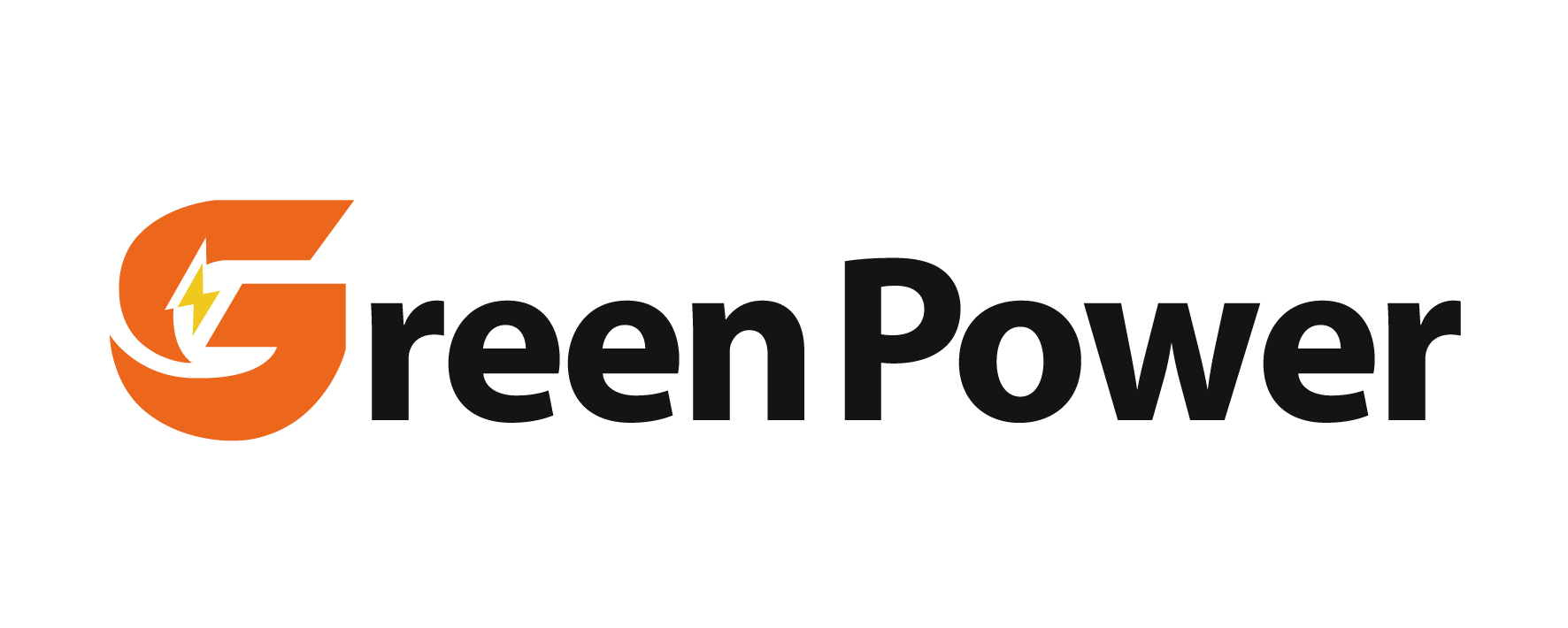solar energy and battery storage
Solar energy and battery storage systems represent a revolutionary advancement in renewable energy technology, combining solar power generation with efficient energy storage capabilities. These integrated systems capture solar energy through photovoltaic panels during daylight hours and store excess power in advanced battery units for use during non-sunlight periods. The technology employs sophisticated charge controllers and inverters to manage power flow, ensuring optimal energy utilization and system performance. Modern solar battery storage systems feature smart monitoring capabilities, allowing users to track energy production, consumption, and storage levels in real-time through mobile applications. The systems are scalable, accommodating various energy needs from residential installations to commercial applications. They typically incorporate lithium-ion batteries, known for their high energy density, long cycle life, and reliable performance. These systems can be configured to provide backup power during grid outages, enable energy independence, and facilitate peak load shifting to reduce electricity costs. The integration of artificial intelligence and machine learning algorithms helps optimize charging cycles and energy distribution, adapting to usage patterns and weather forecasts to maximize efficiency.



